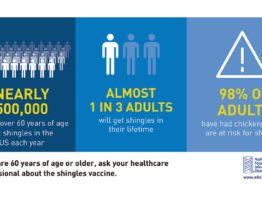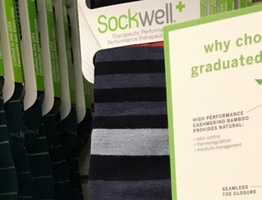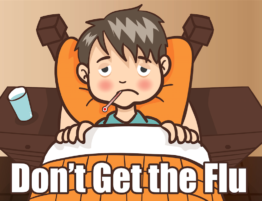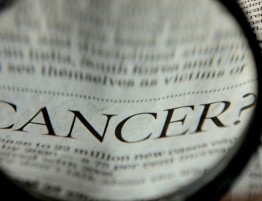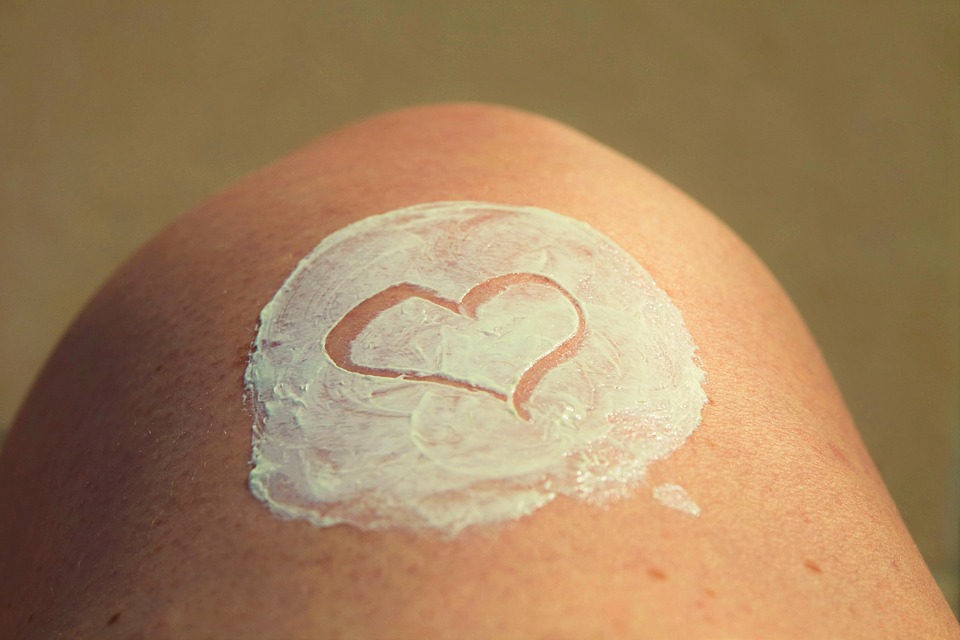
As the temperatures begin to go up, so does the risk of sunburn. While a large majority of people use sunscreen during the summer, many are using the wrong kind or are using it incorrectly. While there are a number of ways to treat and relieve sunburn, the best strategy is to prevent it from occurring in the first place. Here are a few common questions many people have regarding sunscreen and sunburn.
What does “SPF” mean and which sunscreen should I choose?
“SPF” stands for “Sunburn Protection Factor” and is the ratio of minimal sun exposure required to cause redness or a burn on sunscreen protected skin versus unprotected screen. This means that a sunscreen with an SPF of 10 would give protection for 10 times as much sun exposure compared to the amount of protection without sunscreen. The FDA recommends a minimum of SPF 15, broad spectrum sunscreen for all people, but the American Academy of Dermatology recommends a minimum of SPF 30, broad spectrum sunscreen.
How much sunscreen should I apply, and how often should I apply it?
The FDA recommends applying 4.5 teaspoons of sunscreen for an average sized adult. This amount should be applied all over the body including the face, neck, arms & shoulders, torso, and even the legs and tops of feet. The FDA also recommends application of sunscreen 15 to 30 minutes before sun exposure and reapplication at least every 2 hours thereafter. It is also important to reapply sunscreen after swimming, toweling dry, or excessive sweating as these activities can allow for removal of sunblock.
What can I do if I end up getting a sunburn?
Some simple treatments for sunburn include cool compressions or a cool bath, but there are also some medications that may be of some help. Over the counter pain relievers like ibuprofen or naproxen can help relieve some pain associated with sunburn. Aloe gel is also beneficial in treating sunburns, but not as effective as aloe directly from the plant. Sunburn that results in blisters can be a bit more serious. It is important to try not to break the blisters, as this can delay healing and result in infection. If the sunburn is causing blisters on a large portion of your body, or it doesn’t get better within a week, you should see a physician ASAP about other therapy options.
By following these recommendations, you and your family can have a safe and fun summer without having to deal with the hassle of sunburn. If you have any further questions, call us at Valu-Med at (405) 741-1200 and one of our pharmacists would be glad to answer them!

